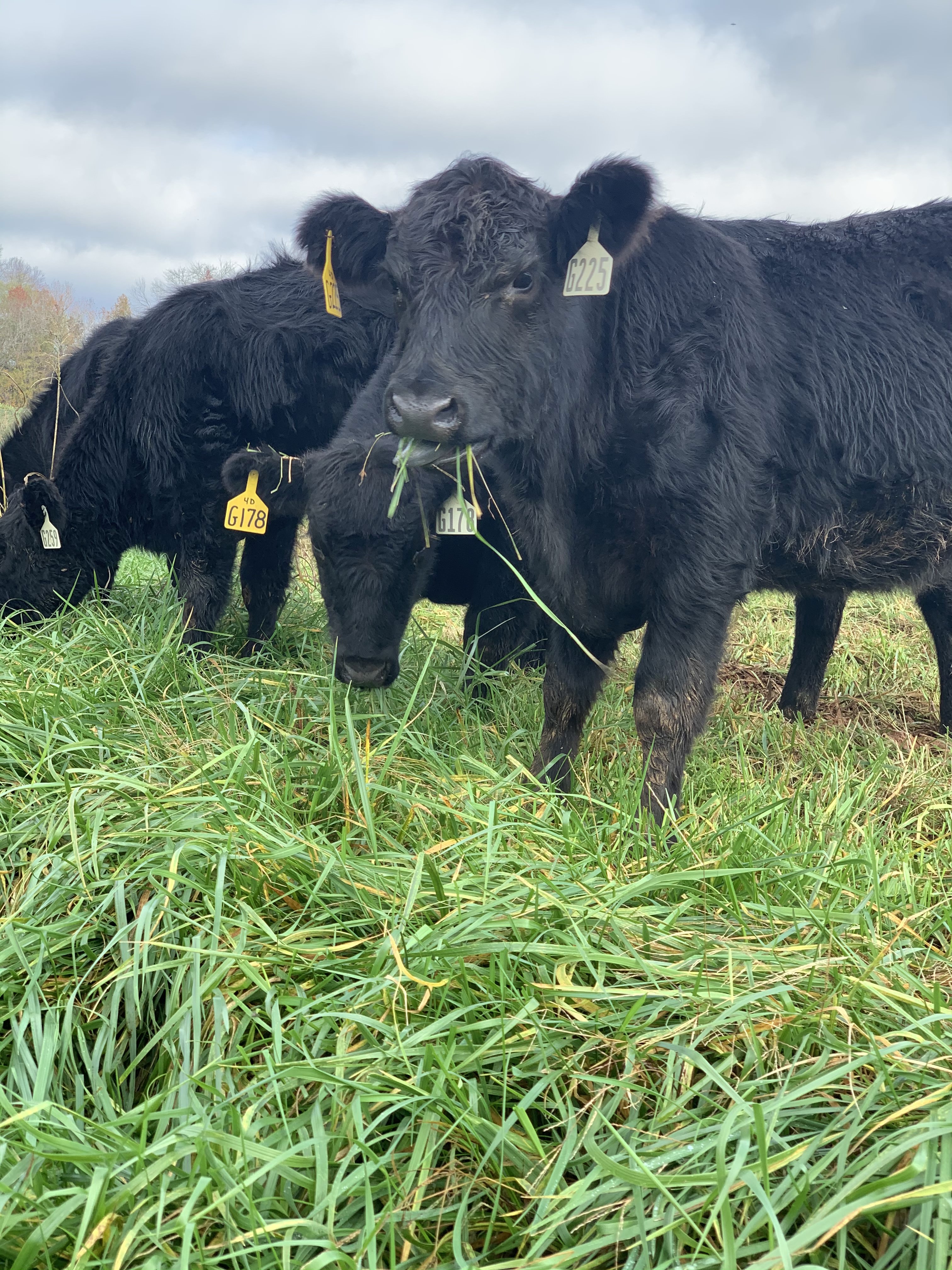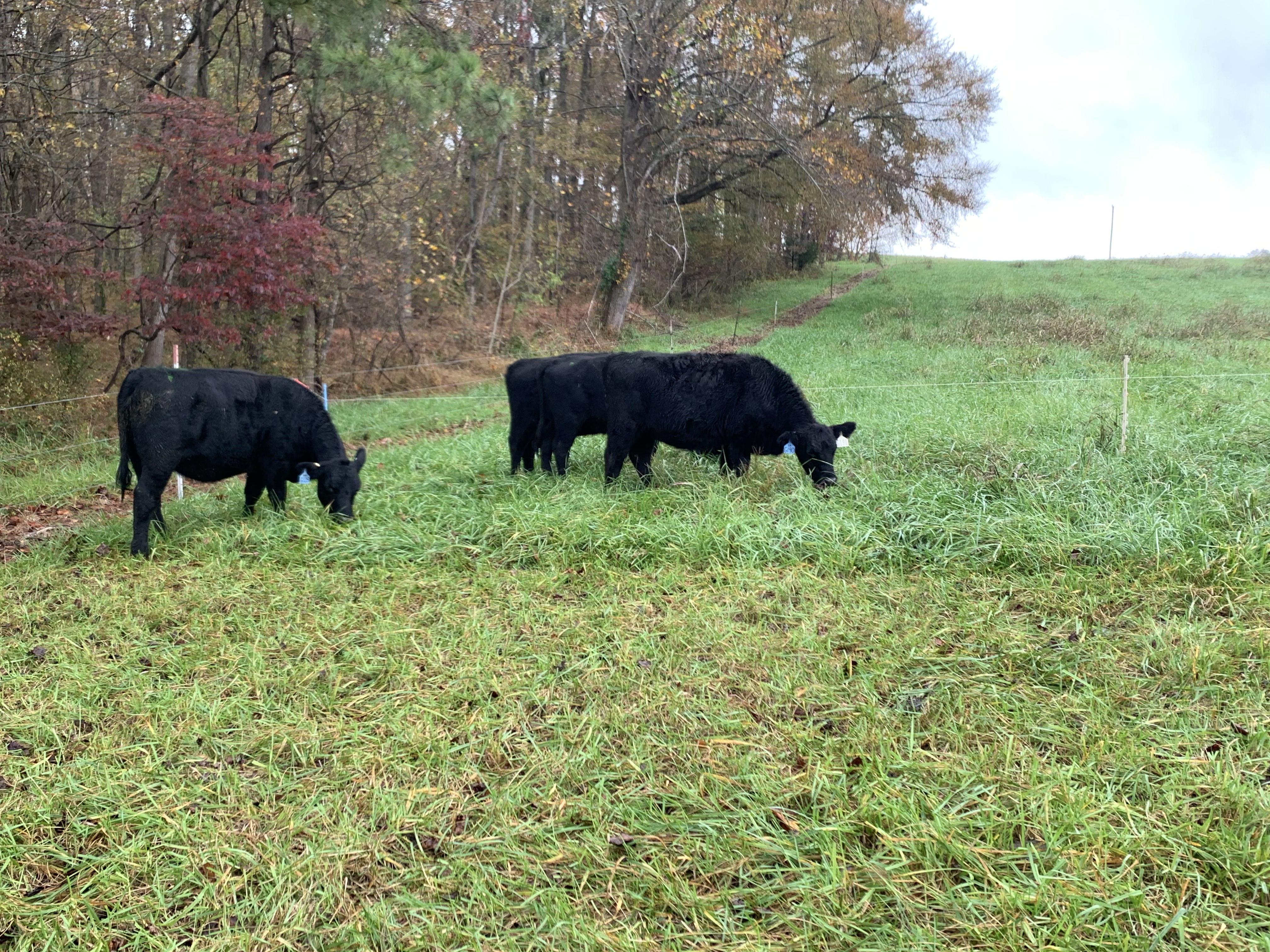Time to Stockpile Tall Fescue
go.ncsu.edu/readext?815993
en Español / em Português
El inglés es el idioma de control de esta página. En la medida en que haya algún conflicto entre la traducción al inglés y la traducción, el inglés prevalece.
Al hacer clic en el enlace de traducción se activa un servicio de traducción gratuito para convertir la página al español. Al igual que con cualquier traducción por Internet, la conversión no es sensible al contexto y puede que no traduzca el texto en su significado original. NC State Extension no garantiza la exactitud del texto traducido. Por favor, tenga en cuenta que algunas aplicaciones y/o servicios pueden no funcionar como se espera cuando se traducen.
Português
Inglês é o idioma de controle desta página. Na medida que haja algum conflito entre o texto original em Inglês e a tradução, o Inglês prevalece.
Ao clicar no link de tradução, um serviço gratuito de tradução será ativado para converter a página para o Português. Como em qualquer tradução pela internet, a conversão não é sensivel ao contexto e pode não ocorrer a tradução para o significado orginal. O serviço de Extensão da Carolina do Norte (NC State Extension) não garante a exatidão do texto traduzido. Por favor, observe que algumas funções ou serviços podem não funcionar como esperado após a tradução.
English
English is the controlling language of this page. To the extent there is any conflict between the English text and the translation, English controls.
Clicking on the translation link activates a free translation service to convert the page to Spanish. As with any Internet translation, the conversion is not context-sensitive and may not translate the text to its original meaning. NC State Extension does not guarantee the accuracy of the translated text. Please note that some applications and/or services may not function as expected when translated.
Collapse ▲Tall fescue is sometimes referred to as the “wonder grass”. It can persist through overgrazing, poor fertility, and drought better than other cool-season perennials, such as orchardgrass. Tall fescue is the predominant species in pastures in Stokes County, giving the opportunity to take advantage of stockpiled tall fescue during the winter months, effectively extending the grazing season and lessening the need for stored forage.

Heifers grazing stockpiled tall fescue at the Butner Beef Cattle Field Laboratory. November 13th, 2020
Stockpiling tall fescue begins in August by grazing or mowing the forage to a height of 3-4″. Tall fescue grows rapidly during the cool weather of spring and fall. For this reason, it is common for nitrogen fertilizer to be applied to increase fall growth. Typical nitrogen fertilizer applications for stockpiling range from 40-80 units of nitrogen per acre, although greater amounts of fertilizer do not always result in a return on investment through significantly increased yield.
Instead of being grazed or harvested, forage remains untouched while actively growing. After all other standing forage on the farm has been utilized, animals are moved to the stockpiled tall fescue, typically in November or December, to be strip grazed. Depending on stocking density, accumulated forage, and grazing management, stockpiled tall fescue can sometimes be grazed into February of the following year. The quality of stockpiled tall fescue has been reported to meet, and sometimes exceed, the nutrient requirements of dry cows.

Heifers rotating onto ungrazed stockpiled tall fescue. An already grazed portion is seen in the foreground. November 11th, 2020.
It is important to remember that weather can greatly impact the ability to stockpile and graze stockpiled tall fescue. If drought conditions occur during August and September, yield will be decreased. Alternatively, if the ground remains wet during the grazing period, pugging damage will occur.
Questions about stockpiled tall fescue? Contact the N.C. Cooperative Extension of Stokes County office at 336-593-8179.





